May 24, 2025 | 16:29 GMT +7
May 24, 2025 | 16:29 GMT +7
Hotline: 0913.378.918
May 24, 2025 | 16:29 GMT +7
Hotline: 0913.378.918
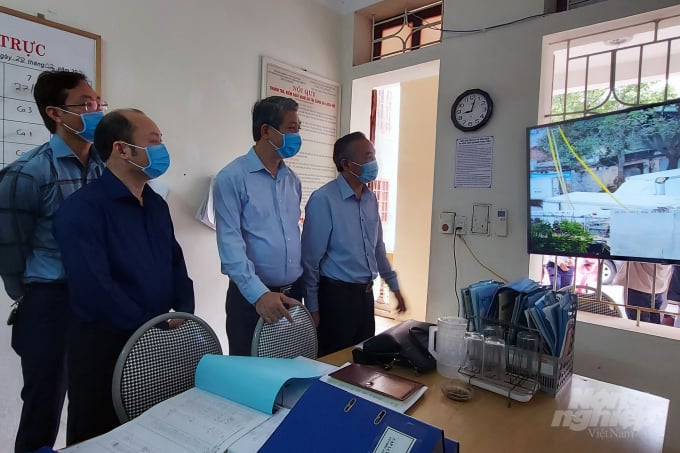
Deputy Minister Phung Duc Tien inspects the port at Lach Hoi port, Sam Son city (Thanh Hoa province). Photo: VD.
At the Conference on solutions to improve the efficiency of fishing, processing, and consumption of seafood in 2022 taking place on March 22 in Thanh Hoa province, Deputy Minister of Agriculture and Rural Development Phung Duc Tien said that localities need to drastically overcome to overcome the current problems of the fisheries sector.
High fishing is not necessarily a good thing because exploitation quantity needs to be based on the reserve to set the fishing limit within a safe threshold to avoid the extinction of aquatic resources.
According to the General Department of Fisheries, in 2021, the total fishery production will reach nearly 3.9 million tonnes, up 0.9% compared to 2020. Sea fishing will reach almost 3.7 million tonnes (up 1 million tons over the same period last year), domestic exploitation 196 thousand tonnes (up 0.2%).
In 2021, Vietnam's seafood exports will reach nearly US$ 8.9 billion. The export value of the number of aquatic products increased sharply, such as shellfish, tuna, squid, octopus...
Seafood products contributing the main export proportion in the group of total seafood export turnover in 2021 include other marine fish (49.8%), tuna (22.35%), mollusks (17,9%)...
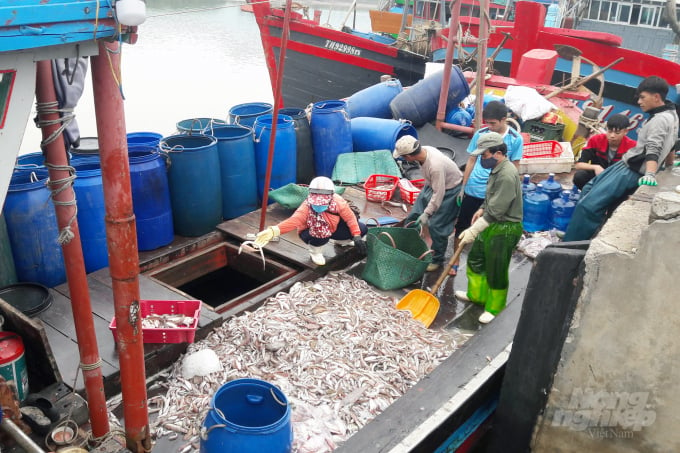
High fishing output is not good news fully. Photo: VD.
The fishery industry achieved the above results because, in the past time, Vietnam has had many policies to facilitate the exploitation and processing of seafood, such as announcing a list of 77 anchorages to avoid storms for fishing vessels; building 65 fishing ports;…
In addition, fisheries logistics services have developed, many offshore fishing vessels have been built, equipped with large-capacity machinery and advanced and modern fishing equipment.
By the end of February 2022, the whole country has 86 grassroots fisheries unions in 16/28 coastal provinces and cities with nearly 17,700 members and more than 6,200 ships with a length of 15 meters or more; More than 4,200 production teams at sea are operating with the participation of nearly 29,600 fishing vessels and more than 179,600 workers on the seas.
Industry-linked chain models are also developing. In these chains, enterprises place orders on product preservation standards to ensure quality and traceability and receive products at prices higher than market prices at the same time.
However, up to now, there are still four provinces that have not yet completed the determination of fishing quotas. Accordingly, the whole country has 24/28 coastal provinces and cities that have completed the determination of fishing quotas in coastal waters and inland areas according to the provisions of the 2017 Fisheries Law.
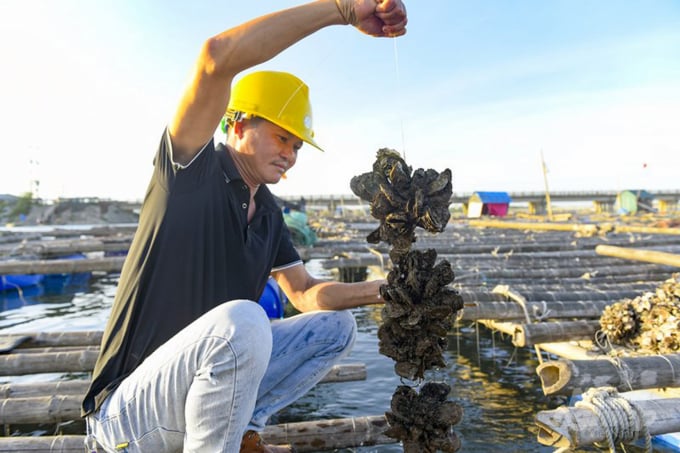
Reduce fishing, increase aquaculture production to increase market prices of seafood. Photo: VD.
The quota for high seas is 31,297 permits, 18,439 offshore permits, and 34,929 inshore permits. Four provinces have not yet completed the determination of fishing quotas in coastal waters and inland areas according to regulations, including Quang Binh, Khanh Hoa, Tien Giang provinces, and Ho Chi Minh City.
Deputy Minister Phung Duc Tien said that to overcome the "yellow card" of the EC, Vietnam must work towards reducing output below the safe threshold and at the same time invest in exploitation and processing technology to increase the fishery value.
To do that, Vietnam's fishing fleet must increase the amount of offshore fishing and reduce nearshore fishing.
Mr. Nguyen Van Chien, Deputy Director of the Department of Agriculture and Rural Development of Binh Thuan province, the province does not advocate increasing annual exploitation output.
The fishing target set by the seafood industry in 2022 is negative growth in catches but still has to ensure the growth target in product value. Therefore, reducing costs in exploitation and improving productivity and quality are urgent requirements to be solved.
The Ministry of Agriculture and Rural Development has also set many tasks and solutions to maintain a stable total fishery output. The fisheries sector is oriented to gradually reduce catches, increase aquaculture production, and strongly deploy solutions to increase aquaculture and capture output value.
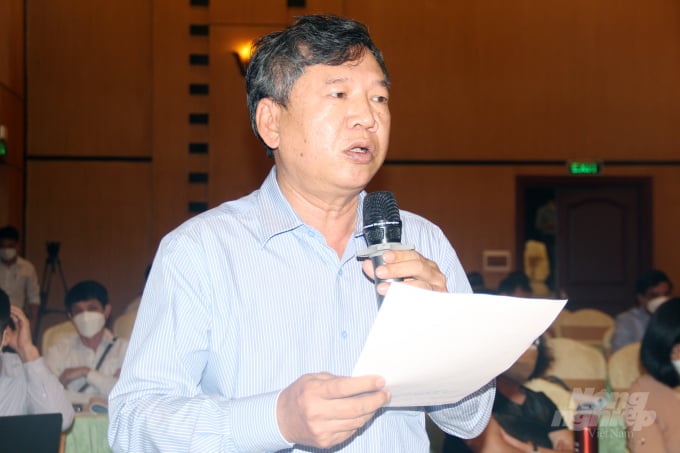
Mr. Nguyen Van Chien, Deputy Director of the Department of Agriculture and Rural Development of Binh Thuan province, the province does not advocate increasing annual exploitation output. Photo: VD.
In 2022, the fisheries sector sets a target of the total output of about 8.7 million tonnes, of which the fishing output is about 3.78 million tonnes; aquaculture output reached 4.95 million tonnes; seafood export turnover reached US$ 8.7 billion.
Deputy Minister Phung Duc Tien suggested that the Directorate of Fisheries have to re-calculate the profession's structure. If it continues to increase the fleet of near-shore fishing boats and small seafood, the coastal resources will be reduced. Fishery exploitation must be closely linked with traceability. Every month, provinces must understand the situation of fishing at sea to give specific instructions.
"We must have a specific job change project for fishermen, changing jobs to reduce the number of ships and fishing output. The provinces must be responsible for allocating budgets for the change of occupations of fishermen," emphasized Deputy Minister Phung Duc Tien.
Mr. Nguyen Duc Cuong, Director of Thanh Hoa Fisheries Sub-Department, suggested that the Ministry of Agriculture and Rural Development soon submit to the Prime Minister for consideration and approval of two essential master plans of the fisheries sector: Planning on protection and exploitation of fishery resources in the 2021-2030 period, with a vision to 2050; and Planning on a system of fishing ports and storm shelters for fishing vessels in the 2021-2030 period, with a vision to 2050.
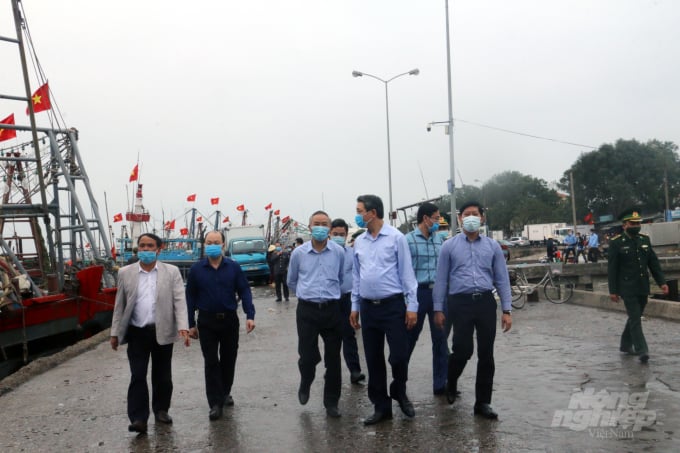
Deputy Minister Phung Duc Tien visits fishing ports in Thanh Hoa province. Photo: VD.
Request the Ministry of Agriculture and Rural Development to advise and submit to the Government to promulgate a book to support organizations, individuals, and businesses involved in production along the value chain of exploited aquatic products; to encourage investment in the form of public-private partnership in linkages in supply, exploitation, processing, and aquatic product consumption in chains;
Implement projects on the application of science and technology in fishing, preserving products effectively, improving value, being environmentally friendly, and putting them into practice;
Timely application and information on fishing ground forecasts on mass media for fishermen to access and exploit for effective fishing activities at sea.
Representatives of coastal provinces also said that the current state of degraded fishing port infrastructure does not meet the needs of fishermen and does not ensure the EC's recommendations on combating illegal fishing. Therefore, the provinces requested the Ministry of Agriculture and Rural Development to support and allocate capital for localities to upgrade and renovate fishing port infrastructure.
Deputy Minister Phung Duc Tien said that localities cannot wait for capital from the Government and ministries but must actively arrange sources to repair and upgrade fishing ports.
"The Directorate of Fisheries must study the preservation and fishing facilities. Currently, the means of preservation are outdated, fishermen can't go on a 2-3 week trip, but the quality of seafood has seriously decreased", emphasized Deputy Minister Phung Duc Tien.
According to Nguyen Quoc Toan, Director of the Department of Agricultural Product Processing and Market Development, the whole country currently has 350 industrial-scale establishments engaged in seafood processing and export with a total designed capacity of nearly 2 million tonnes of products per year (average actual capacity is only 40-50%).
Mainly frozen and dry goods processing facilities, accounting for nearly 90% of the total number of establishments. However, some fishmeal processing factories use old and outdated technology, causing environmental pollution and low product quality.
Translated by Ha Phuc
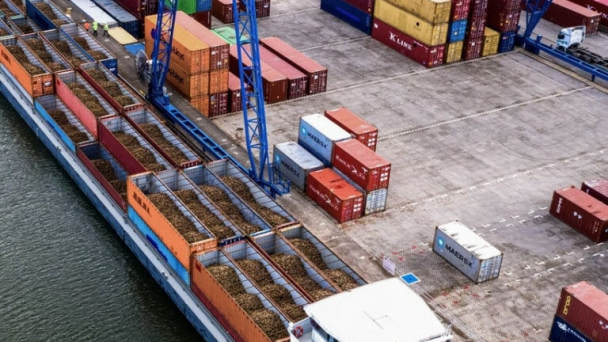
(VAN) The mutual export of agrifood products between the European Union (EU) and the United Kingdom (UK) must occur again without certification, border controls or other red tape. This was agreed at the UK-EU summit.
/2025/05/22/5121-2-173645_677.jpg)
(VAN) NBSAP Tracker identifies strengths and areas for improvement in the National Biodiversity Strategy, based on each region’s priorities and capacities.
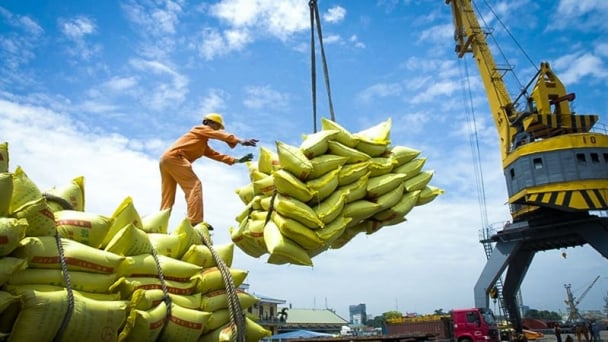
(VAN) The draft amendment to the Circular on rice export trading stipulates a periodic reporting regime for rice exporting enterprises.
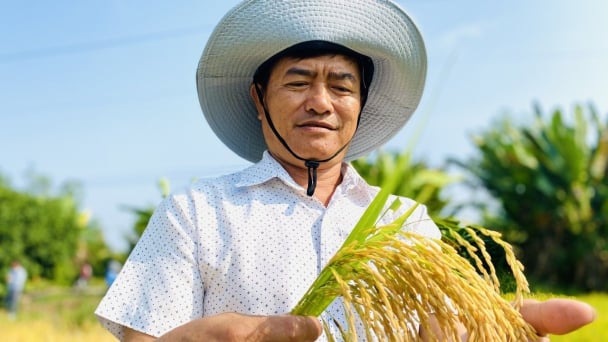
(VAN) Dong Thap farmers attained an average profit margin of 64% during the summer-autumn 2024 crop (first season), while An Giang and Kien Giang farmers followed with 56% and 54%, respectively.
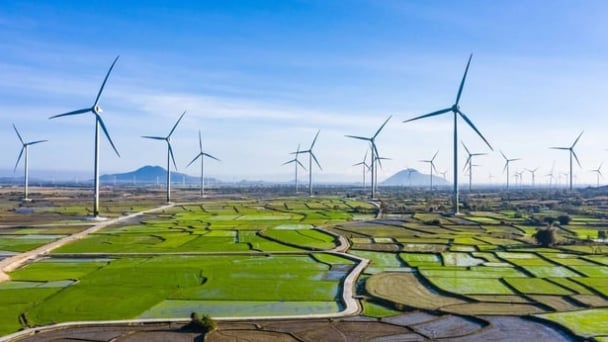
(VAN) As a doctoral student doing research on renewable energy and electrification at Harvard University, the author shares his musings on electricity, nature, and countryside memories.
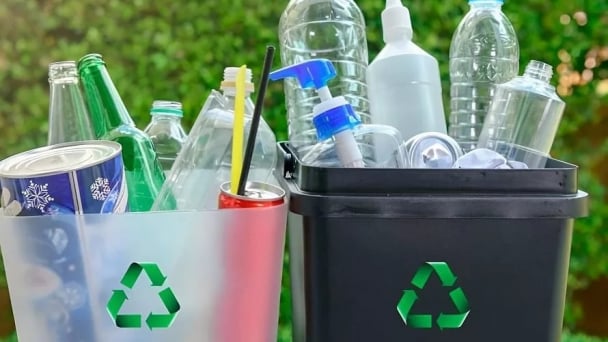
(VAN) The decree on Extended Producer Responsibility (EPR) ensures transparent management and disbursement of support funds, avoiding the creation of a “give-and-take” mechanism.
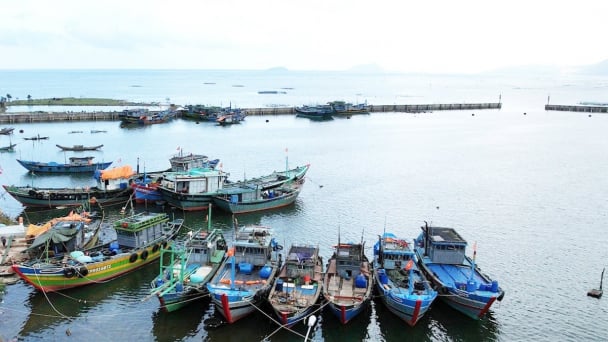
(VAN) Hue City rigorously enforces regulations regarding marine fishing and resource exploitation, with a particular emphasis on the monitoring of fishing vessels to prevent illegal, unreported, and unregulated (IUU) fishing.